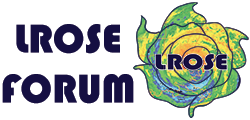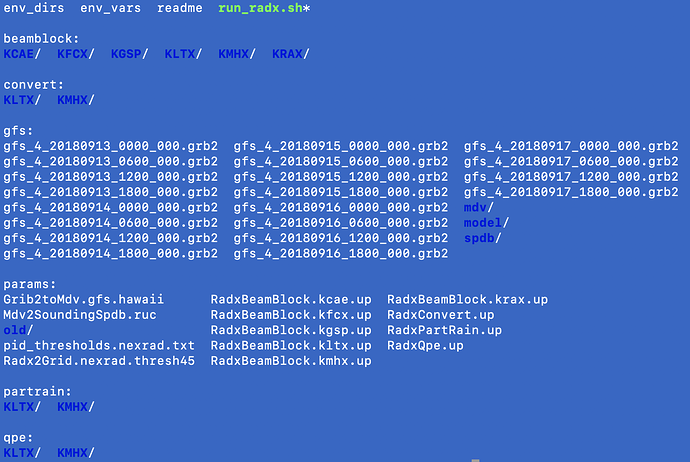Separate components of Radx refer to the use of SPDB for profile information. But the links in the documentation are not present. Does the following from the TITAN documenation capture what is needed?
SPDB data base
The SPDB (Symbolic Product data base) format was developed for simple and efficient time-referenced storage of a wide range of non-gridded meteorological data. It is used in TITAN for almost all data which does not readily lend itself to storage in a regular grid.
Examples of data stored in SPDB are lightning data, aircraft tracks, aircraft measurements, gust fronts, surface station measurements and hydrological measurements.
SPDB stores its data in ‘day files’, two files per day. See page 5 for details on the file naming convention.
The .indx file contains information on how the individual data chunks are stored, as well as some special time-index arrays to speed up data access. All headers in the index file are stored out in big-endian byte ordering by SPDB.
The .data file contains the actual data chunks stored in the data base.The SPDB sub-system does not attempt to interpret the data in any way. It assumes that the data chunk is in big-endian format when passed to it, and it stores the data exactly as provided by the client.
Programming access to SPDB files is performed using the C++ API in the libs/Spdb library.
